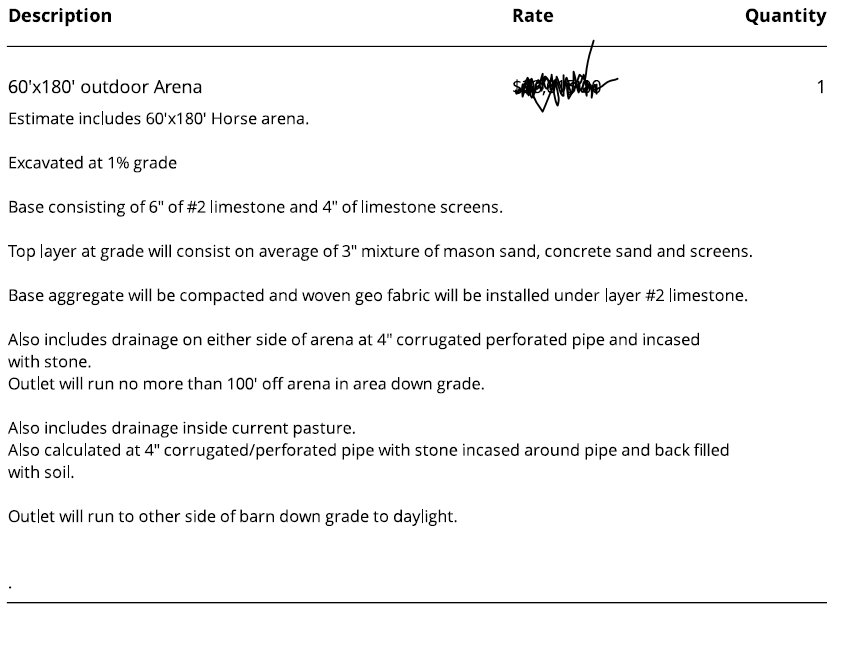If it makes you feel better, it’s been 9 years and I have never once watered my arena, although I did have the builder put a hydrant nearby just in case. I actually haven’t turned it on in probably that long and should check it sometime! Anyway, I just can’t justify the drain on the well or the waste of water when I’m the only one riding. The dust blows out behind me and by the time I circle back around (even on a 15-20 m circle), it’s mostly gone. If you have boarders or are teaching lessons that might be different because people would be riding in each other’s dust. I don’t think any of the barns I boarded at before moving my horses home watered their outdoors though. In the fall, winter, and spring it’s generally unnecessary here and in the summer it dries out so quickly that it’s a waste. I do try not to drag when the footing is very dry because of all the dust it kicks up. If I absolutely have to, I go slowly to minimize the disturbance.
I don’t think a pull-behind sprayer would really get the job done? You might need an actual water truck for the quantity of water it takes to make a real difference to the dust or footing.
My contractor also did a 1% crown but no French drains, just well-placed swales around the edges. When he installed it we were in a dry spell so he had to bring in several water trucks in order to properly compact the subbase and base, but that was well worth the extra cost. I have sand with Airfoot rubber and have been very happy with it. No fabric between any of the layers.





